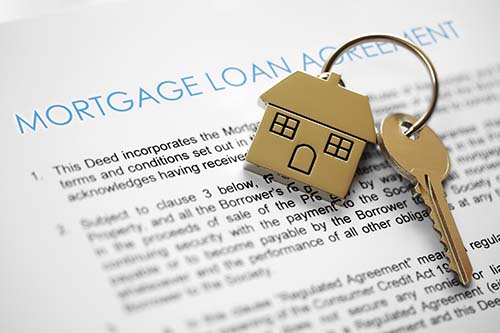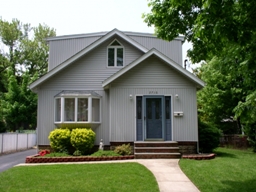Need to Discuss – 3 Tips When Shopping for a New Home Loan
 Finding a new home loan can seem challenging, but if you take the proper steps before you start applying for loans, you’ll have no difficulty finding a mortgage that works for you and a lender that would love to have you as a borrower. Shopping for a mortgage isn’t like shopping for a couch, and there’s a lot that goes into the process.
Finding a new home loan can seem challenging, but if you take the proper steps before you start applying for loans, you’ll have no difficulty finding a mortgage that works for you and a lender that would love to have you as a borrower. Shopping for a mortgage isn’t like shopping for a couch, and there’s a lot that goes into the process.
So how can you shop for your new home loan in a way that saves you time and gets you the best loan for your needs? Here’s what you need to know.
Research Loan Types
A lot of homebuyers especially first-time buyers make the mistake of not doing their research and not asking enough questions. A fixed-rate mortgage isn’t right for every homebuyer. Neither is an adjustable-rate mortgage. If you plan to stay put in a home to raise a family, you might consider a 30-year loan. Conversely, if you’re moving in 10 years or less, an adjustable-rate mortgage, or ARM, could better suit you.
It’s advised that you research loan types then prepare a list of questions to ask your mortgage agent to ensure you select the loan that’s best for you.
Get Pre-Qualified Before You Start Looking
It can be tempting to start looking for mortgages online and start seeing what kinds of rates and limits you can afford, but if you start your mortgage hunt with Internet window-shopping, you may end up sorely disappointed. A pre-qualification is a vital first step that can help you to find the mortgage that works best for you.
With a pre-qualification, you’ll have a good idea of what you can reasonably afford to spend on a home, so you won’t waste time viewing homes that are outside of your price range.
Hold Off On Major Life Changes Until You Have Your Mortgage
Once you’ve been pre-qualified and pre-approved, the next step is the approval process the part of the process where the lender you’ve chosen evaluates your application and decides whether or not to lend to you. One mistake that a lot of homebuyers make is allowing significant changes in their income to happen during the approval process. If you quit your job to start a business, or if you go down to part-time hours so you can spend more time with the kids, your lender will need to start the approval process over again with your new financial information in mind, so hold off on any big changes until after you’ve been approved.
Finding a new home loan can seem like a challenge, but a qualified mortgage advisor can help. Contact your local mortgage professional to learn more.
 For many homebuyers who are new to the market, it can be very comforting to be on a fixed rate mortgage where fluctuating interest rates cannot have an impact on your monthly payments. While a variable rate mortgage can sometimes lead to significant savings at the end of the day, there are a few ways you can tell if your monthly payment is on the upswing.
For many homebuyers who are new to the market, it can be very comforting to be on a fixed rate mortgage where fluctuating interest rates cannot have an impact on your monthly payments. While a variable rate mortgage can sometimes lead to significant savings at the end of the day, there are a few ways you can tell if your monthly payment is on the upswing. Home builder confidence fell slightly in June to a reading of 59 according to the National Association of Home Builders Housing Market Index. Analysts had expected no change to June’s reading of 60. June components of the HMI were also lower.
Home builder confidence fell slightly in June to a reading of 59 according to the National Association of Home Builders Housing Market Index. Analysts had expected no change to June’s reading of 60. June components of the HMI were also lower.